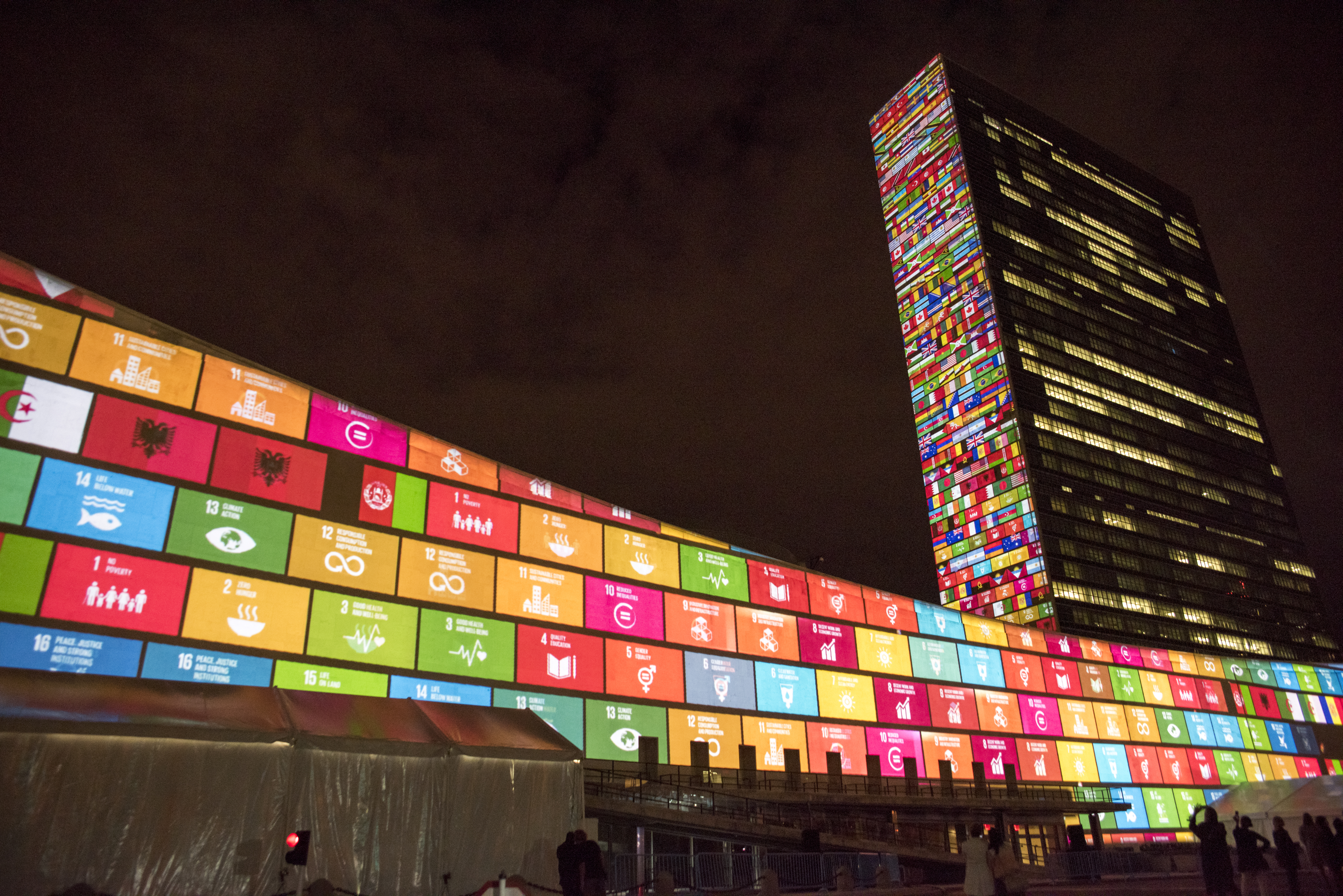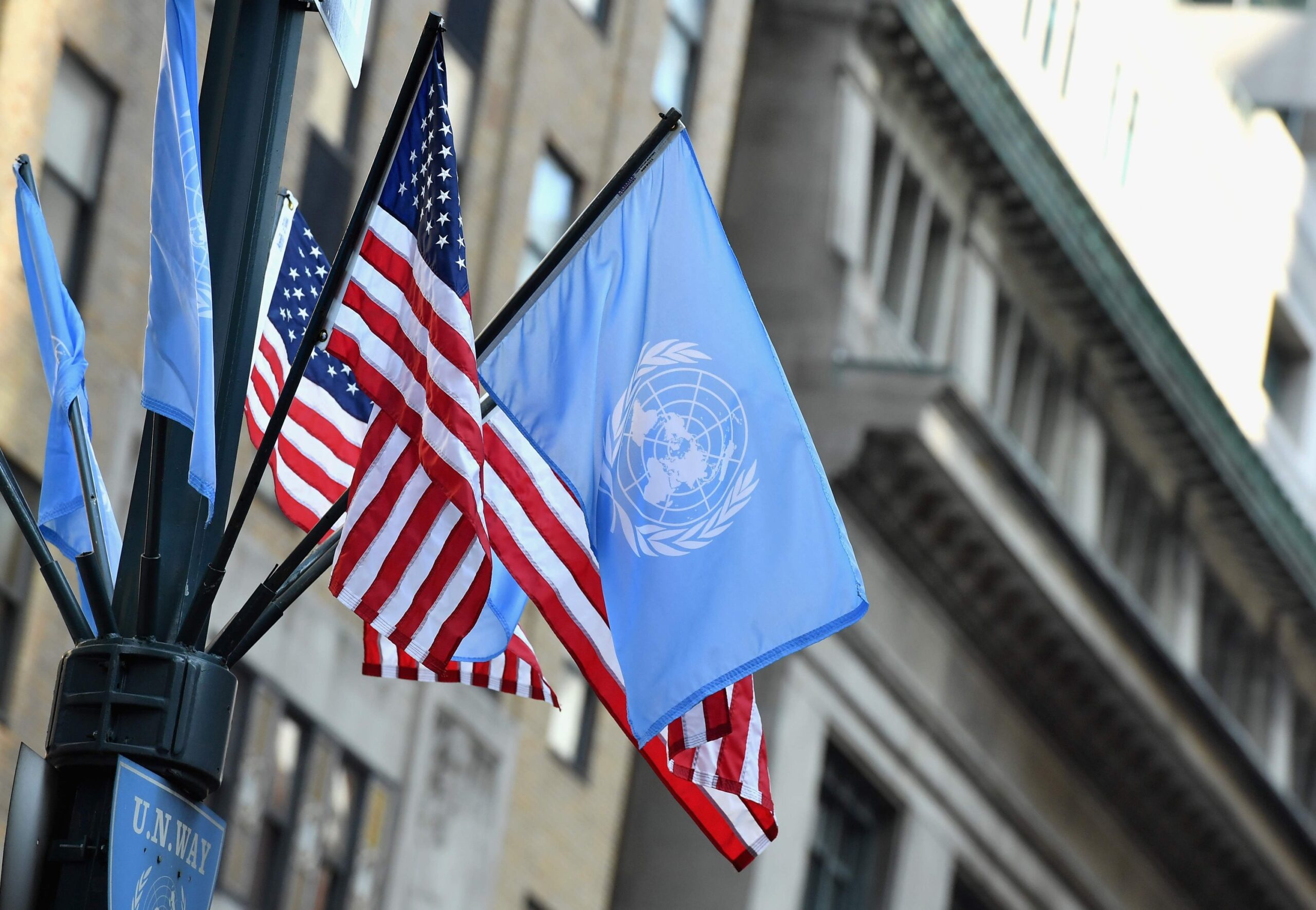Glocalizing: Teaching Global Problems through Local Examples
I want to reflect on a question that was raised in a panel discussion during Global Goals week: how can you localize environmental goals in schools in order to create communities that take environmental action? That’s exactly what the event “Glocalizing Education for a Sustainable Future” was all about. Glocalizing is a new concept in K-12 education that is used to connect global and local contexts. You may be familiar with the term global citizenship education, or education for sustainable development. Glocalization emphasizes that students learn about global problems through local examples. Students learn about how they can practically apply sustainable development concepts that affect their local communities. In this way, students are more likely to take meaningful actions because they have an easier time grasping concepts that are locally and culturally relevant.
So, how can students learn more about the connection of the Global Environmental Goals to the local context? In the U.S. context, students could learn about climate change by analyzing weather patterns in their region; they could learn about world hunger caused by desertification and create a local food drive in their school community or they could learn about the importance of recycling by tracking a product that they use every day through the product lifestyle.
But this only goes so far. What we really need to do is not only educate students, but also propel them to take concrete pro-environmental actions on the Global Goals. This happens by educating students on specific behavior-change strategies. Research on education for sustainable development shows that successful programs should target specific behaviors, give behavior change assignments, and show students how to plan and take actions (Arbuthnott 20009, Gollwitzer 1999, Barrows 1986). We also must make these pro-environmental actions more accessible and easier for everyone. For example, a study of curbside versus drop-off recycling programs showed that curbside programs led to more recycling, regardless of the attitudes or values of the study participants. (Guagnano et al., 1995; Schultz and Oskamp, 1996). Therefore, education can’t stop at changing attitudes and values, but it needs to show students how they can act on behaviors. It also needs to remove any barriers to taking action.
For students, behaviors are greatly influenced by personal factors and peers, so students need to see their peers, teachers, and school communities promoting and taking the same actions. The panel discussion emphasized four steps:
- Learning about concepts through global themes
- Using examples and experiences
- Taking meaningful action
- Reflecting
As a former teacher, here are several activities that I recommend for exploring the environmental goals on your own, or to use with students:
- Read the UN’s website on Goal 13: Climate Change.
- Research how the U.S. has performed on the Climate Change Performance Index 2020.
- Use this carbon footprint calculator by Conservation International to calculate your carbon footprint.
- Check out these climate and temperature indicators and see how cities in the US are faring.
- Investigate “What’s Really Warming the World” with these Bloomberg graphs.
And if you’re a teacher, or passionate about SDG 4, check out these educational resources to use in the classroom!
- Smithsonian Science Education Center – The Smithsonian Science Education of Center has a variety of resources and curriculum for all ages on life science, the physical sciences, and more.
- Climate Action Simulation Game – This is an interactive, role-playing game where students negotiate climate solutions after taking on the roles of individual countries and negotiators.
- Ted Earth School – Take your students on one of 30 adventures or quests to help them understand or celebrate the natural world.
- Global Schools Program – The Global Schools Program has 60 lessons for K-12 on a variety of issues around the Global Goals.
- NASA Lesson Plans – NASA has a variety of activities related to math and science, including using satellite data to determine the greatest renewable energy potentials, learning about the land and surface water on our planet, and other topics such as sea-level rise and severe weather impacts.
Together let’s try to answer the most important question that was raised during this panel discussion: how can we empower students and youth to take concrete action towards the Global Goals in their local communities? How can we truly Glocalize education?
Amanda Abrom serves as a 2020-2021 UNA-USA Global Goals Ambassador for SDG 4: Quality Education.




